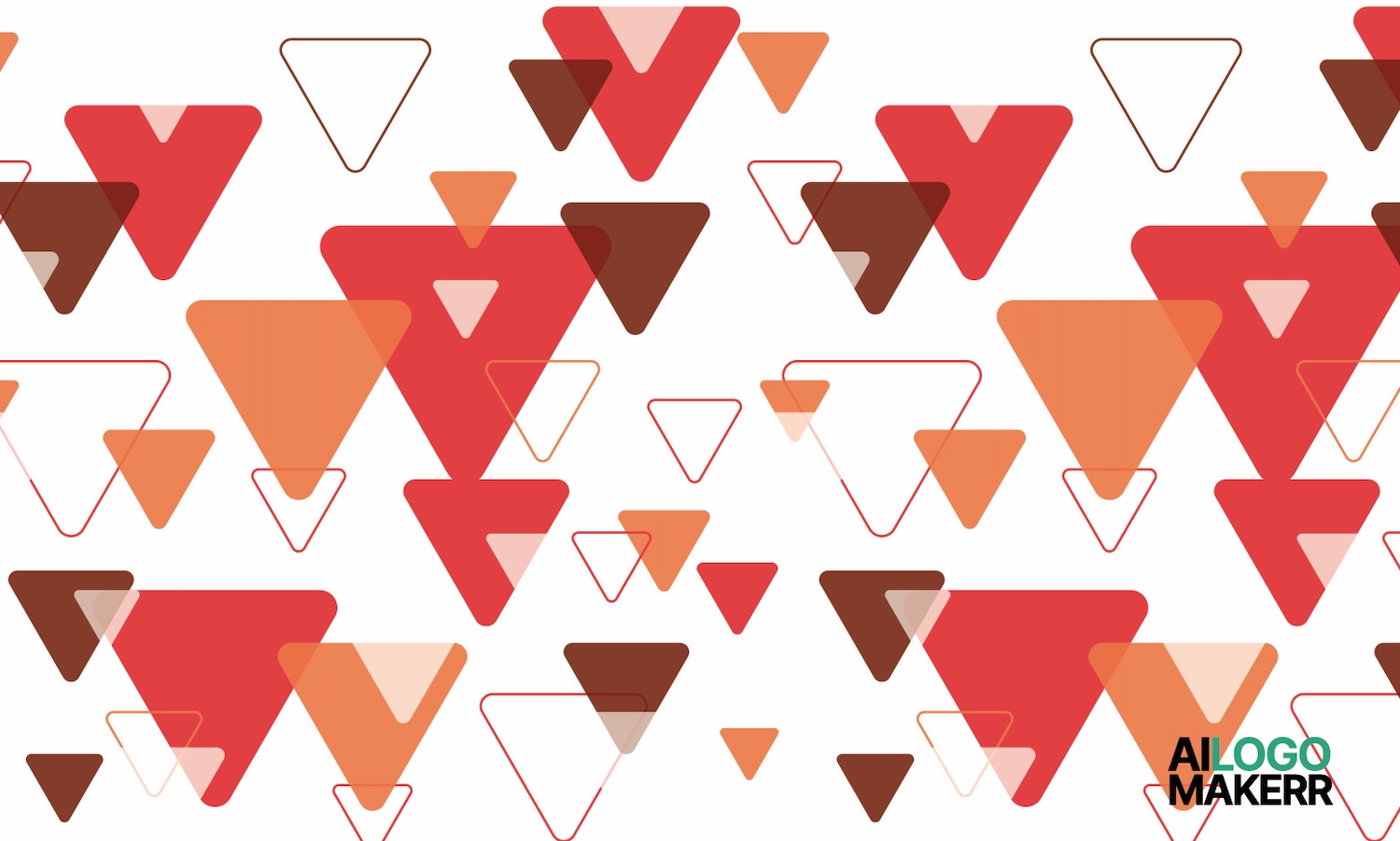When you think of your favorite movie, what comes to mind first? Maybe it's a memorable scene, a beloved character, or even a catchy line of dialogue. But before all of that, there’s the logo, a visual emblem that sets the tone and leaves a lasting impression. Movie logos are more than just titles on the screen; they’re a crucial part of the cinematic experience, encapsulating the film's essence and branding in a single, striking image. Let’s explore the magic behind these iconic logos and the art of logo creation that brings them to life.When you think of your favorite movie, what comes to mind first? Maybe it's a memorable scene, a beloved character, or even a catchy line of dialogue. But before all of that, there’s the logo, a visual emblem that sets the tone and leaves a lasting impression. Movie logos are more than just titles on the screen; they’re a crucial part of the cinematic experience, encapsulating the film's essence in a single, striking image. Let’s explore the magic behind these iconic logos and the art of logo design that brings them to life.
The Role of Logos in Film Branding

A movie logo is often the first thing audiences encounter, whether on a poster, in a trailer, or during the opening credits. It serves as the visual identity of the film, conveying its genre, mood, and style before the story even begins. A well-designed movie logo can become as iconic as the film itself, instantly recognizable and deeply connected to the movie’s themes and characters.
Consider the gritty, rebellious logo of "Fight Club." The bold, distressed font and the soap bar imagery immediately convey the film’s anti-establishment tone and chaotic narrative. Similarly, the elegant, high-fashion logo of "The Devil Wears Prada," with its sleek, italicized typography and devilish red heel, perfectly captures the film’s blend of luxury and underlying tension. These logos aren’t just titles. They’re symbols that embody the essence of the story.
The Art of Designing Movie Logos

Designing a movie logo is a unique challenge that requires a deep understanding of the film’s narrative and target audience. It’s not just about creating something visually appealing; it’s about distilling the entire film into a single graphic element that resonates with viewers.
1. Understanding the Genre and Audience
The first step in designing a movie logo is understanding the film’s genre and target audience. A psychological thriller like "Fight Club" demands a logo that’s edgy and unsettling, while a satirical comedy like "Barbie" might require something bright, bold, and playful. The designer must tap into the emotional core of the film, ensuring the logo strikes a chord with its intended viewers.
Take the logo for "Oppenheimer," a film that delves into the intense historical events surrounding the creation of the atomic bomb. The logo, with its stark, minimalist typography and a muted, almost ominous color palette, captures the gravity and tension of the subject matter. In contrast, the logo for the "Barbie" movie, with its vibrant pink hues and playful font, reflects the film's whimsical and satirical take on the iconic doll’s world. These logos set the stage for the narratives they introduce, giving audiences a taste of what’s to come.
2. Choosing the Right Typography
Typography is a powerful tool in graphic design, particularly in the creation of movie logos. The right font can speak volumes about a film’s tone and style. In "The Devil Wears Prada," the sharp, elegant typography hints at the film’s exploration of the cutthroat fashion industry. The devil’s trident subtly incorporated into the letter “R” adds a clever visual twist, reinforcing the film’s themes of ambition and power.
On the other hand, "Barbie" embraces a more playful and nostalgic font, echoing the toy brand’s legacy while also appealing to modern audiences. The bubbly, retro-inspired typography connects with fans of all ages, making it an instantly recognizable and emotionally resonant logo.
3. Color Psychology in Movie Logos
Color plays a crucial role in logo design, especially in movie logos. Each color evokes different emotions and associations, helping to set the mood for the film. For instance, the bright pink used in the "Barbie" logo exudes fun, femininity, and nostalgia, perfectly aligning with the movie’s playful tone. Conversely, the dark, muted colors in the "Oppenheimer" logo create a sense of foreboding and seriousness, reflecting the film’s heavy, historical narrative.
The logo for "Barbenheimer," a fan-created mashup of "Barbie" and "Oppenheimer," cleverly combines these contrasting color palettes, merging the playful pinks with ominous dark tones. This contrast not only highlights the stark differences between the two films but also plays into the humorous juxtaposition that has captured the internet’s imagination.
4. Incorporating Visual Elements
A movie logo is more than just text, it’s a visual statement. Incorporating imagery or symbols that represent key elements of the film can make a logo stand out. The soap bar in the "Fight Club" logo, for example, is not just a nod to one of the film’s most memorable scenes, but it also symbolizes the gritty, underground nature of the story. Similarly, the stiletto heel in "The Devil Wears Prada" logo subtly hints at the high-stakes world of fashion that the film explores.
In the "Barbie" movie logo, the use of sparkles and stars adds a touch of fantasy and glamour, aligning with the doll’s iconic status in popular culture. Meanwhile, the "Oppenheimer" logo’s stark, geometric elements convey the precision and tension that define the film’s narrative.
5. Creating a Timeless Logo
A truly iconic movie logo is one that stands the test of time. It should be memorable, instantly recognizable, and capable of resonating with audiences long after the film has left theaters. The "Fight Club" logo, with its gritty, rebellious design, remains a cultural touchstone even decades after the film’s release. Similarly, the "Barbie" logo, with its bright colors and nostalgic font, has cemented its place in the pantheon of iconic movie logos.
Creating a timeless logo requires a blend of creativity, insight, and an understanding of the film’s cultural impact. It’s about capturing the essence of the film in a way that is both visually striking and emotionally resonant.
The Future of Movie Logos

As technology continues to evolve, so too does the art of movie logo design. The rise of AI logo design tools has opened up new possibilities for designers, allowing for more experimentation and innovation. With AI logo generators, designers can quickly create multiple logo concepts, exploring different styles, fonts, and color schemes before settling on the perfect design.
However, while AI logo creation offers exciting new opportunities, the core principles of graphic designing remain the same. It’s about understanding the story, the audience, and the emotions that the logo needs to evoke. Whether it’s the rebellious spirit of "Fight Club," the chic sophistication of "The Devil Wears Prada," or the playful nostalgia of "Barbie," a great movie logo is one that captures the heart of the film and leaves a lasting impression on viewers.
For those looking to dive into the world of logo design, whether for film, brands, or personal projects, tools like Ailogomakerr.com offer a wealth of resources and inspiration. From AI logo generators to design tips and trends, these platforms provide everything you need to create logos that are as iconic as the films they represent.
In conclusion, the magic of movie logos lies in their ability to distill a film’s essence into a single image, a visual representation that resonates with audiences and becomes an integral part of the cinematic experience. Whether you’re designing for the silver screen or the digital world, the principles of logo design remain the same: creativity, insight, and a deep understanding of the story you’re telling.





.svg)









